Finding your ideal pair of suit pants can sometimes feel impossible. Still, once you find a pair you like, you need to make sure the dress pants fit you well. This can seem like a Herculean task at times.
It doesn’t need to be. Armed with the right information, you’ll be able to easily narrow down what dress pants look best on you.
When you know exactly what you need to look for, you can easily eliminate pants that don’t fit perfectly. This leaves you free to focus on the ones that do.
Different Dress Pants Fits
When you’re evaluating a new pair of slacks and dress pants, there is more to consider than just the length and the waistband.
Just as matching the overall suit fit, every part of your pants needs to conform to your body. They should look and feel as though they were made just for you.
And yet it’s not just a question of “do the dress pants fit”, but how do the dress pants fit?
Today’s fashion offers up many different style forms in the way that dress pants can fit. With multiple styles, it may be confusing to know what’s acceptable. The best fit for you will depend on your body type and personal comfort level.
Classic-Fit Dress Pants
For your traditional, standard dress pant, go with a classic fit. It will have a regular fit at the waistband and sits just at the waist.
There is no tapering through the legs with a classic fit. The legs are straight-cut and the same width all the way down.
This doesn’t mean that the pants have a loose fit, though! While there is some excess fabric, there is not enough that your dress pants will be baggy or will flap around.
Definitely opt for a classic fit dress pants if you are wearing a formal suit and your legs need more room to feel comfortable. Anything else will seem too shallow and informal.
Slim-Fit Dress Pants
A slim-fitting pair of dress pants is a very modern look. This suit pants fit style does not have a lot of excess fabric and greatly accentuates your legs.
However, slim-fit dress pants are not a style that will flatter all body types. They can look very chic and refined on thin men and tight or inappropriate for people who usually wear the classic fit.
The main difference between slim-fit and classic dress pants is the amount of fabric used in constructing them. As a result, they have less of a rise than other pants styles and taper down the leg, ending in a narrow ankle.
Slim-fit dress pants, though, are less extreme than “skinny” fit dress pants. Hence, they leave the wearer with a bit more breathing room.
Modern-Fit Dress Pants
If you are looking for a contemporary twist on the standard style without feeling like your body is on display, consider a modern fit.
Modern-fit dress pants are a little roomier than slim-fit dress pants, though not by a ton. They are still cut more narrowly than classic-fit dress pants. This sleek look is a nice compromise between the two styles.
Modern-fit dress pants sit right at the waistline, so they have a slightly higher rise than a slim fit.
But just as slim-fit dress pants taper at the ankle, so do modern-fit dress pants. The main difference is that the ankle opening is not quite as narrow as with a slim fit.
How Should Your Dress Pants Fit
You will often know right away when your suit pants are a completely wrong fit. The waistband may swim around your body, or the pants may be miles long on your legs.
Sometimes, though, there may be small details throwing off the fit of your dress pants, and you may not even realize it.
A poor fit can be glaringly obvious or only noticeable in small bits here and there. So it’s helpful to know all the little details you need to focus on. If you get each of them right, you’ll have a perfectly fitting pair of dress pants.
Pant’s Waist Should Feel Comfortable Without a Belt
Nobody should need to rely on outside help to hold up their pants.
Belts are mostly an accessory meant to adorn your suit. They may help make your pants feel a bit more snug around your waist. However, if your suit pants fall too low without one, then they are too large.
If your pants depend on a belt to hold them up, that means there’s going to be a lot of extra fabric around your waist. So cinching a belt around them would create unsightly bunching around your waist.
This is a dead giveaway and screams, “My pants are too big for me!”
Of course, you don’t want your waist to be too tight, either. If you feel squeezed at all, those aren’t the suit pants for you. For a proper pants fit, they should sit just at the top of or above your hipbone.
If your dress pants are too loose around your waist, there’s another option than a belt. You can have a capable tailor take your pants in.
When making the waistband smaller, there will be several other areas of your dress pants that need to be adjusted, as well. Again, a good tailor should have no difficulty making the proper adjustments.
The Seat Shouldn’t Pull Any Material
The fabric across the bottom of your seat should drape smoothly across your backside. It provides both style and comfort.
If your dress pants are too small, the material will pull and wrinkle across your bottom. When you see this, it’s a dead giveaway that the pants are too small.
You should be able to feel it, too, when this area is too small. If sitting down is at all difficult, that’s a really bad sign. Nobody wants to struggle to sit down. Another clue is if zipping up your pants isn’t a simple act. Also, if taking big steps when walking is tough.
Suit pants that are too tight in the seat aren’t necessarily a lost cause. An experienced tailor may be able to let the seat out, but this depends on the pants having enough fabric in the seams to allow this.
On the flip side of this problem, your pants should not be baggy around your bottom, either. Excess fabric is a sign the pants are too large.
Again, the material should lay smoothly across your backside, with no sagging or pulling.
The Crotch Should Fall Smoothly
Just as the seat of your suit pants should smoothly drape across your rear, the material should also lay flat against your crotch. There should be no pulling or sagging, which would indicate a poor pant fit.
To define the exact area, I’m referring to the crotch of your suit pants, the area right below your waistband, and where your legs join.
You obviously want a little breathing room here. Too much breathing room, though, will look sloppy. This would result in your pants hanging lower than they should. Low-hanging dress pants look very unprofessional.
If you have too little breathing room in the crotch area, you’ll find the tell-tale wrinkles left when pants are too tight. This is often an effect of skinny-fit dress pants gone wrong. When they aren’t tailored just right, a bad crotch fit is one of the first signs.
Pants Outseam Length
The outseam of your dress pants is the seam along the outward-facing side of your leg.
The outseam is measured from the top of your waistband to the bottom of your ankle, along the hemline. It literally is the entire length of your suit pants.
When measuring this, you must hold the tape measure at your waist where your pants would naturally sit. To measure down, you need to stop at about where your best guess is for where your pants would stop.
The alternative way to measure would be to run the tape measure all the way to the ground and subtract a couple of inches.
Be sure that you are wearing dress shoes when being measured for your dress pants. Other shoes will throw off your measurement, and this needs to be as accurate as possible.
Pants Inseam Length
While the outseam measures the outside of your leg, the inseam measures the inside of your leg.
The inseam length runs from your crotch to the hem of your ankle. How long your pants ultimately measure will be determined by the pants break (more on that in a moment).
The inseam measurement is what is being referred to when trouser length is discussed. This number is your “must know” information when buying a new pair of dress pants.
When you measure your inseam, be sure you don’t wear baggy pants. The excess material from them will give you a false inseam reading, which could result in dress pants that are way too big for you.
How Pants Break Changes Length
Remember how I mentioned that the length of your suit pants would depend on the pants break? If you’re not sure what that means, this is a good time to explain.
Each pair of dress pants is defined by its “break”, or where exactly the hemline falls. This can vary depending on how conservative or trendy a look you are going for. It is also very much based on personal preference.
Here’s how different suit pant breaks differ:
- No Break – The hemline ends just before the ankle. Best on tapered pants; trendy.
- Partial Break – The hemline falls just at the top of your shoe. There will be one small crease in the fabric. This is the most commonly recommended break for suit pants.
- Full Break – The hemline covers the top of your shoe, creating a long, deep crease at your ankle. From here, it’s a fine line to baggy pants.
How the Fit Affects Legs Width
As we discussed above, different pants fits have different leg widths. These are part of the defining features of each type of fit.
A slim-fit dress pant has very tapered legs, getting narrower as they approach the ankle. They have narrow pants openings. They lay very close against the body, and you really can’t pinch any fabric around the sides of your leg.
Classic fit dress pants will have a pretty straight leg. They measure the same around the thigh as they do around the ankle. You will be able to pinch loose, extra fabric on the sides of your suit pants legs.
What matters most of all, however, is what you feel comfortable in. No matter how good a slim fit looks on your body type, it doesn’t matter one bit if you feel uncomfortable in tighter pants.
The same goes for classic fit; some people prefer suit pants that hug their legs. You need to go with what you feel comfortable in.
How Should the Dress Pants Fit From the Front
A slight break in your dress pants is highly recommended. To achieve this look best, you’ll want some tapering along the leg, but without being too tight.
You’ll still need to be able to pinch a bit of material along the side of your pants in order to create a break. The fabric should not cling to any part of your legs.
Be mindful of your rise, too. This is the area measured between the top of your crotch and your waistband. If the rise is too long, you’ll end up with a loose, hanging crotch. If it’s too short, you’ll end up with those ugly crotch wrinkles.
Also, be sure to check your waistband. If it is too tight, it will give you the look of a gut spilling over your pants.
The waist should rest just under your belly button and have enough room for you to insert a finger or two for space.
How Should the Dress Pants Fit From the Back
An incorrect fitting rise will also affect how your pants look from behind. If the rise is too high, you’ll see the pants creeping up your backside.
If you’ve ever heard the expression “watch your butt”, here is one time you can take that literally. Check the mirror to make sure that it is not too loose or too tight. You shouldn’t see any pulling or sagging.
You should feel completely comfortable when you sit down. If you feel your pants pulling around your seat when you lower yourself to sit, that’s a warning signal that your pants are too small.
Also, examine the legs of your dress pants. If you see folds of fabric anywhere up and down the length of your leg, you’ll need to have them taken in.
Dress pants are easy to resize by taking them in; in some cases, you can also let them out to make them larger.
Common Dress Pants Fit Issues
Be aware that buying dress pants off-the-rack is the best way to lead to fit issues. These are cut to generalized measurements, and we all know that everybody is unique.
No person can fit a cookie-cutter mold, which is what off the rack aims for. Made to measure is your surest way to get a 100% fit, which will ensure personalized measurements for your body.
In case you still decide to choose off-the-rack dress pants, these are some of the most common issues you’ll encounter:
- Always be on the lookout for butt wrinkles! It’s one of the most common problems with ill-fitting dress pants. The wrinkles are the first sign of pants that are too tight. They look and feel just awful.
- On the flip side, watch out for saggy butt syndrome. A very loose seat may feel comfortable, but it looks super sloppy. Don’t detract from your professional impression with a pair of oversized dress pants.
- Don’t get too caught up in the trends of the moment. Slim-fit dress pants look amazing on certain body types and should absolutely be incorporated when appropriate. But slim-fit dress pants that are too slim are not enjoyable or appropriate. They are incredibly uncomfortable to wear and just about as uncomfortable for other people to look at.
- Also, be on the lookout for too much folding where your suit pants meet your shoe. If your pants break super deep, it goes past fashionable and simply indicates your pants are too long. Make sure you have your pants hemmed to a suitable length.
Hi, I’m Alex, and I’ve studied and specialized in styling in Rome. Through my writing, I want to help men dress well and learn the purpose and significance of suits and other formal attire. My final goal is to make men more confident in their wardrobe choice and life in general.
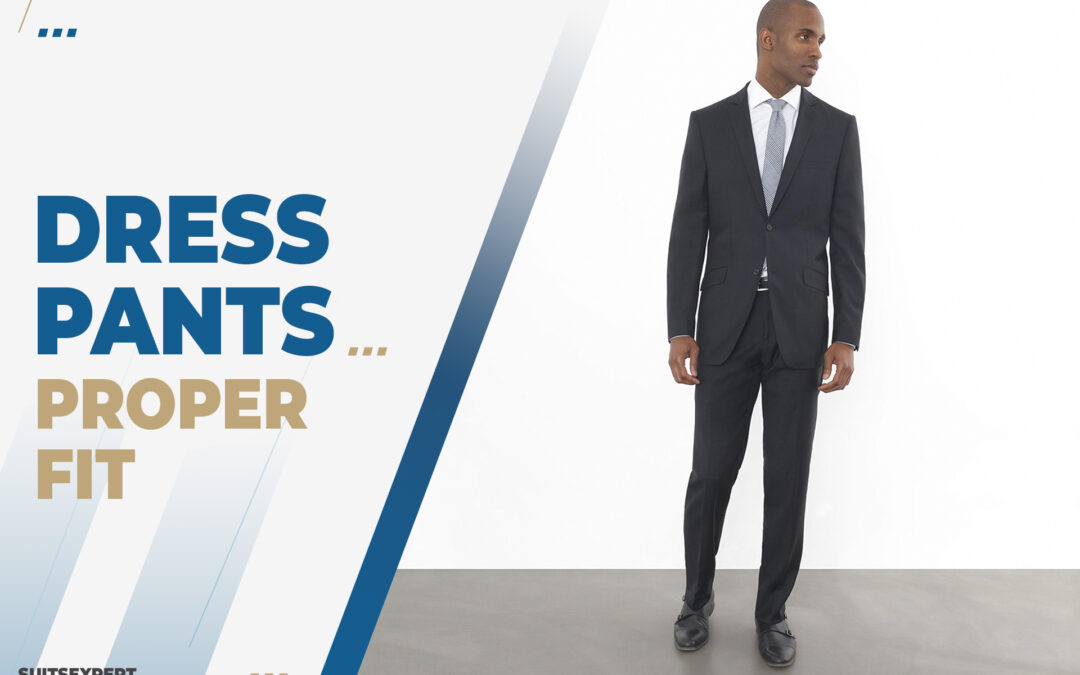
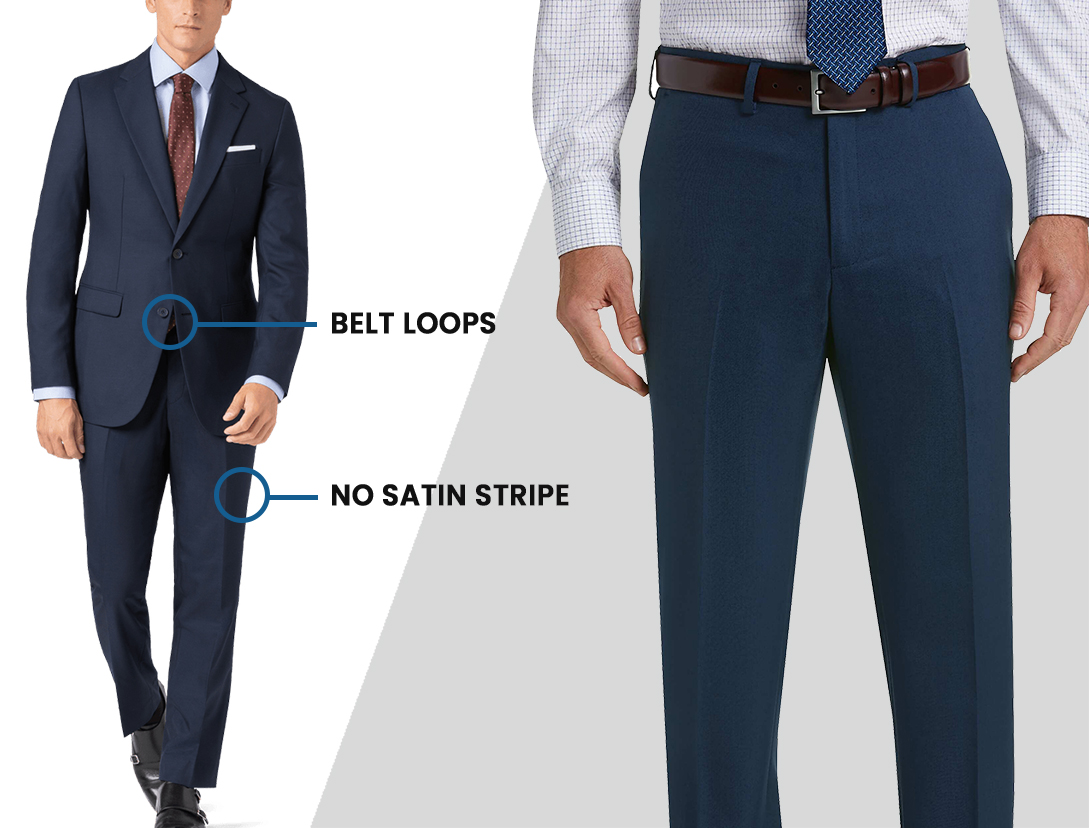
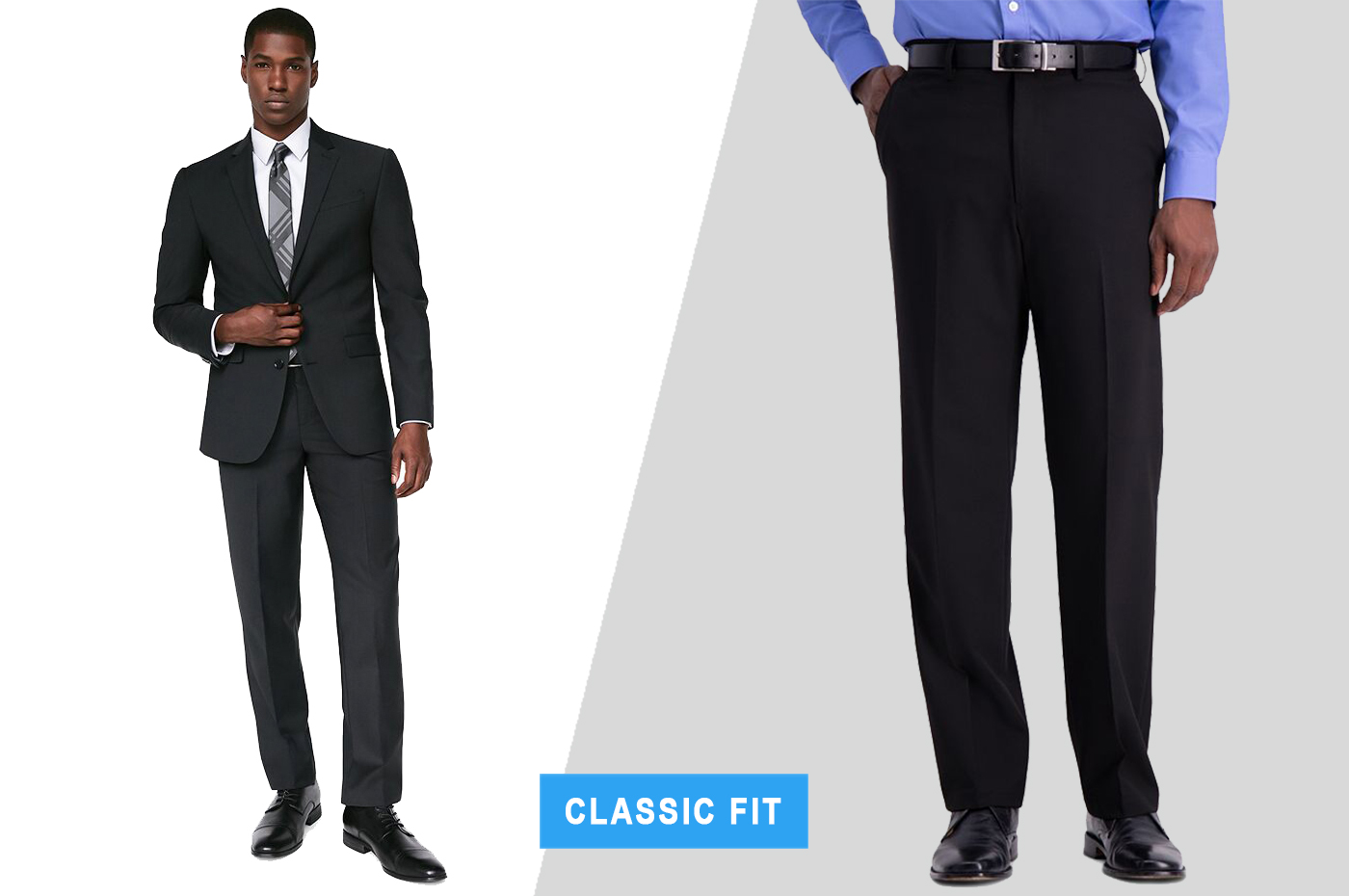
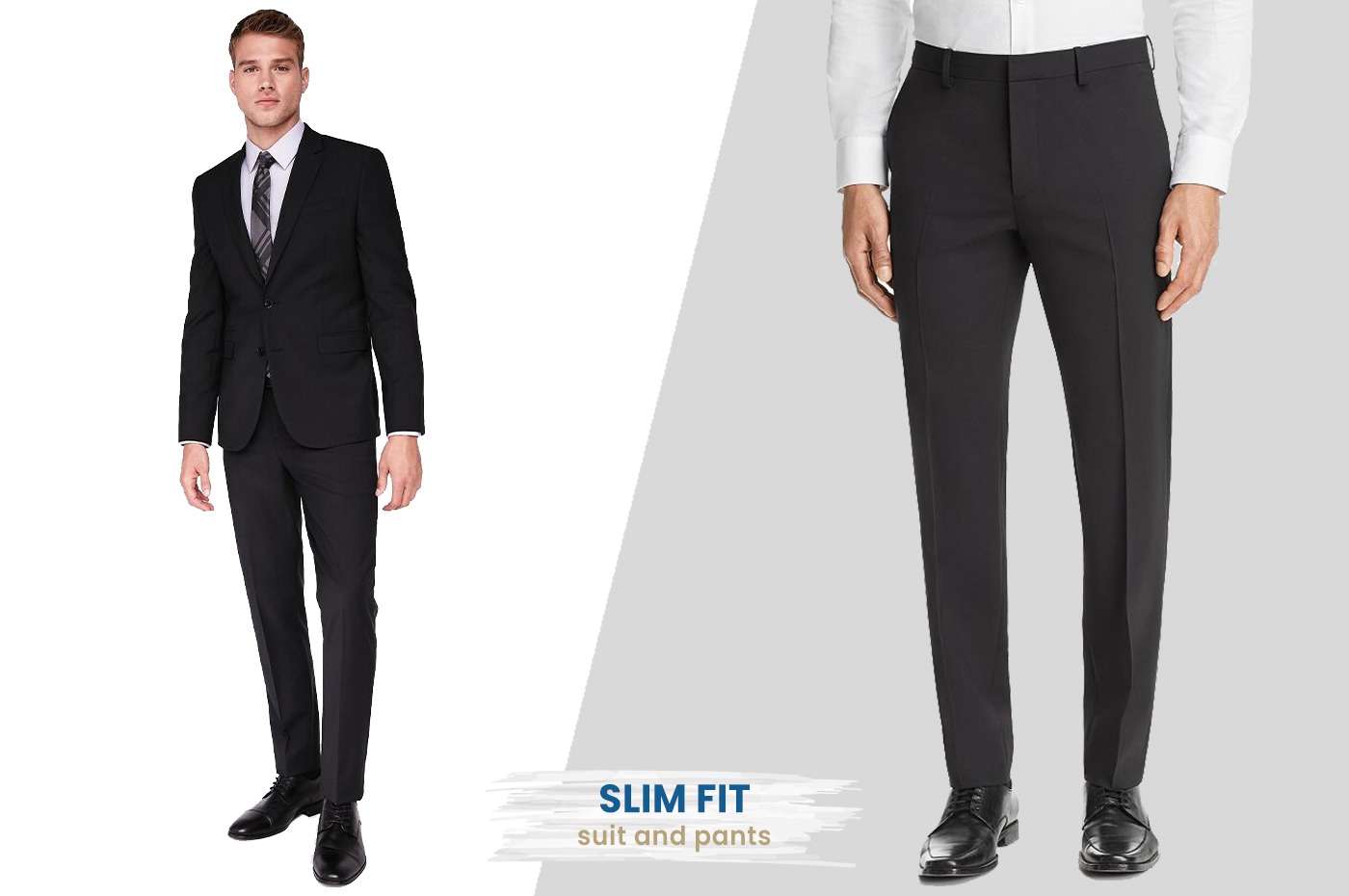
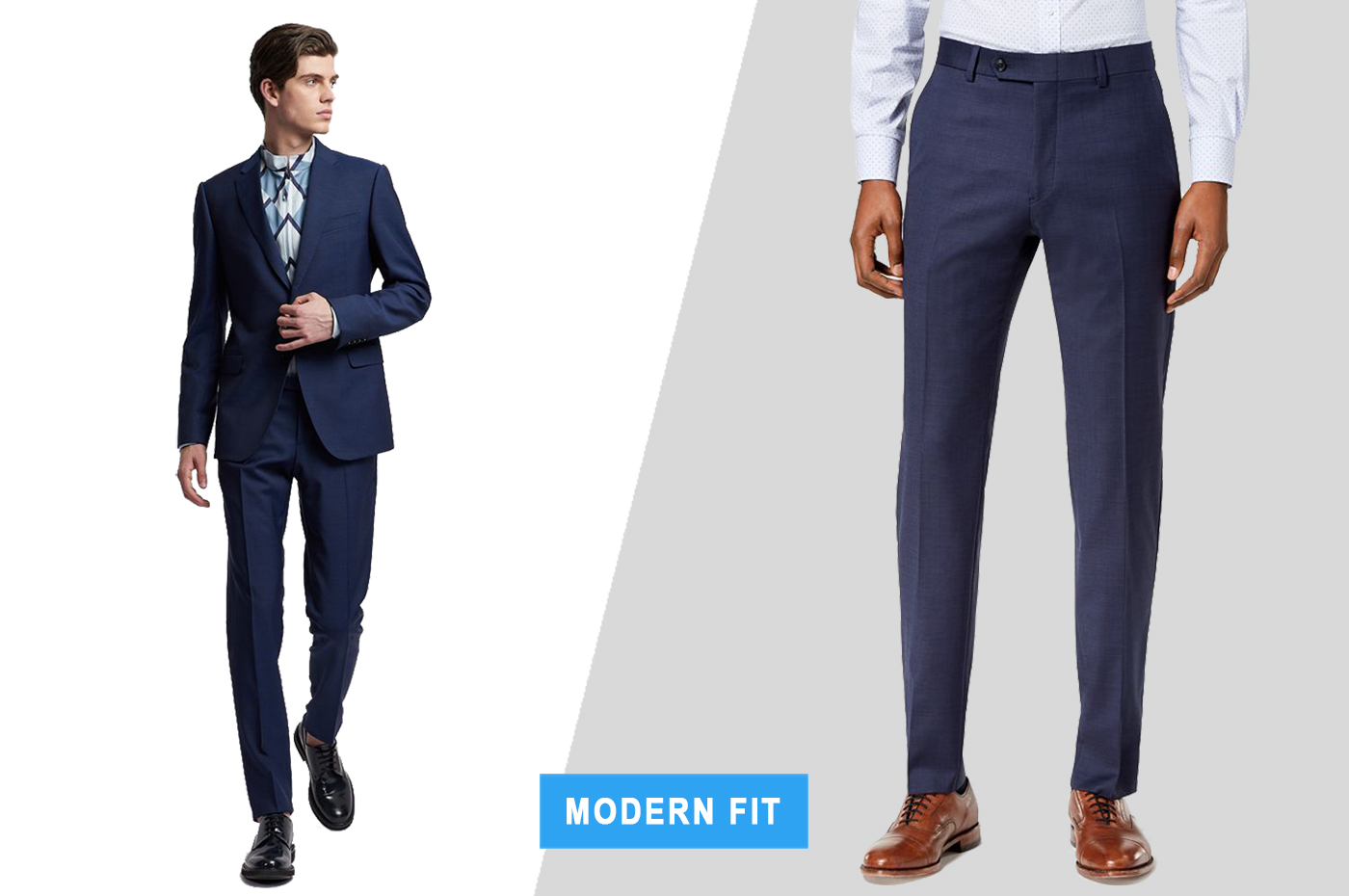
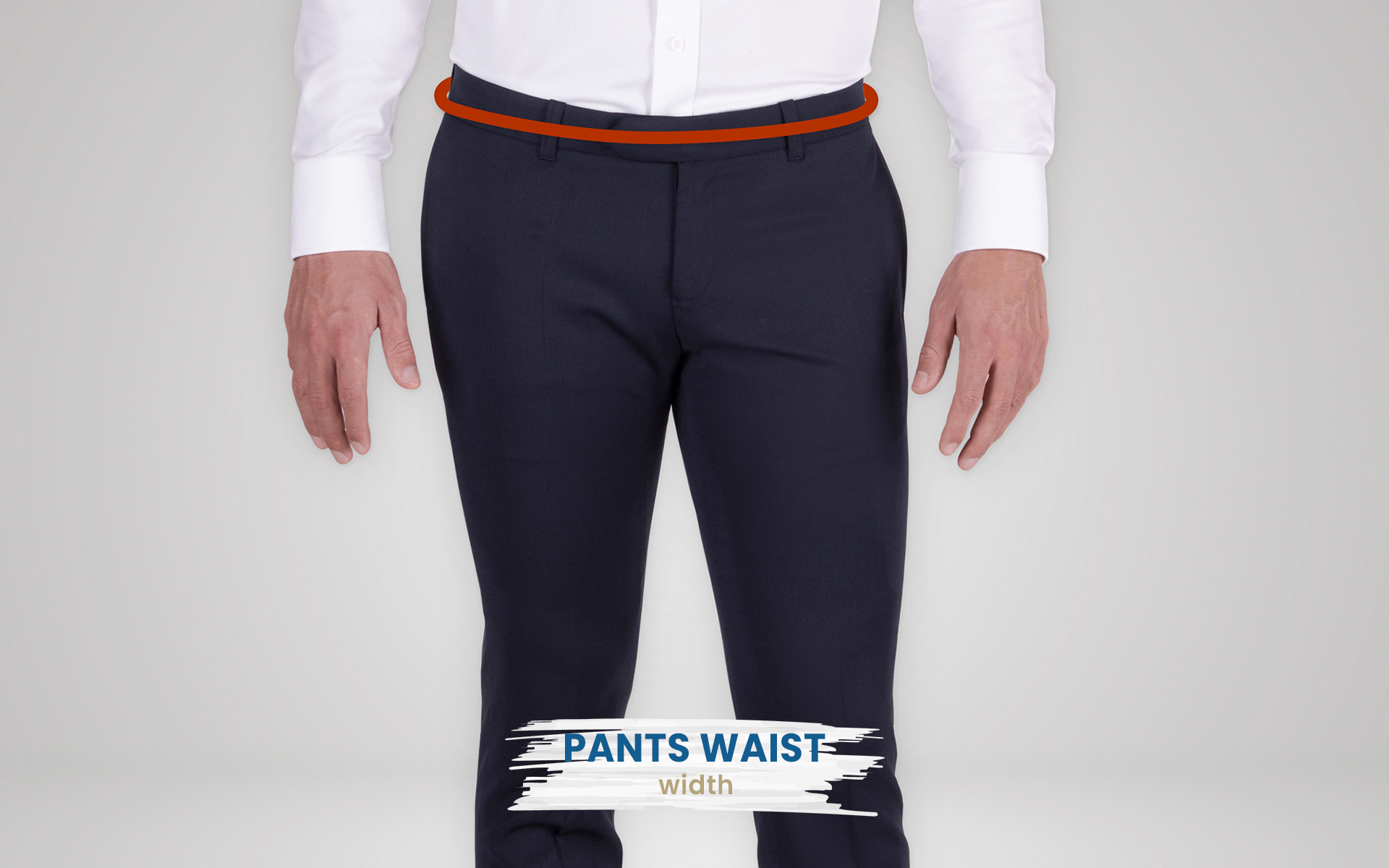
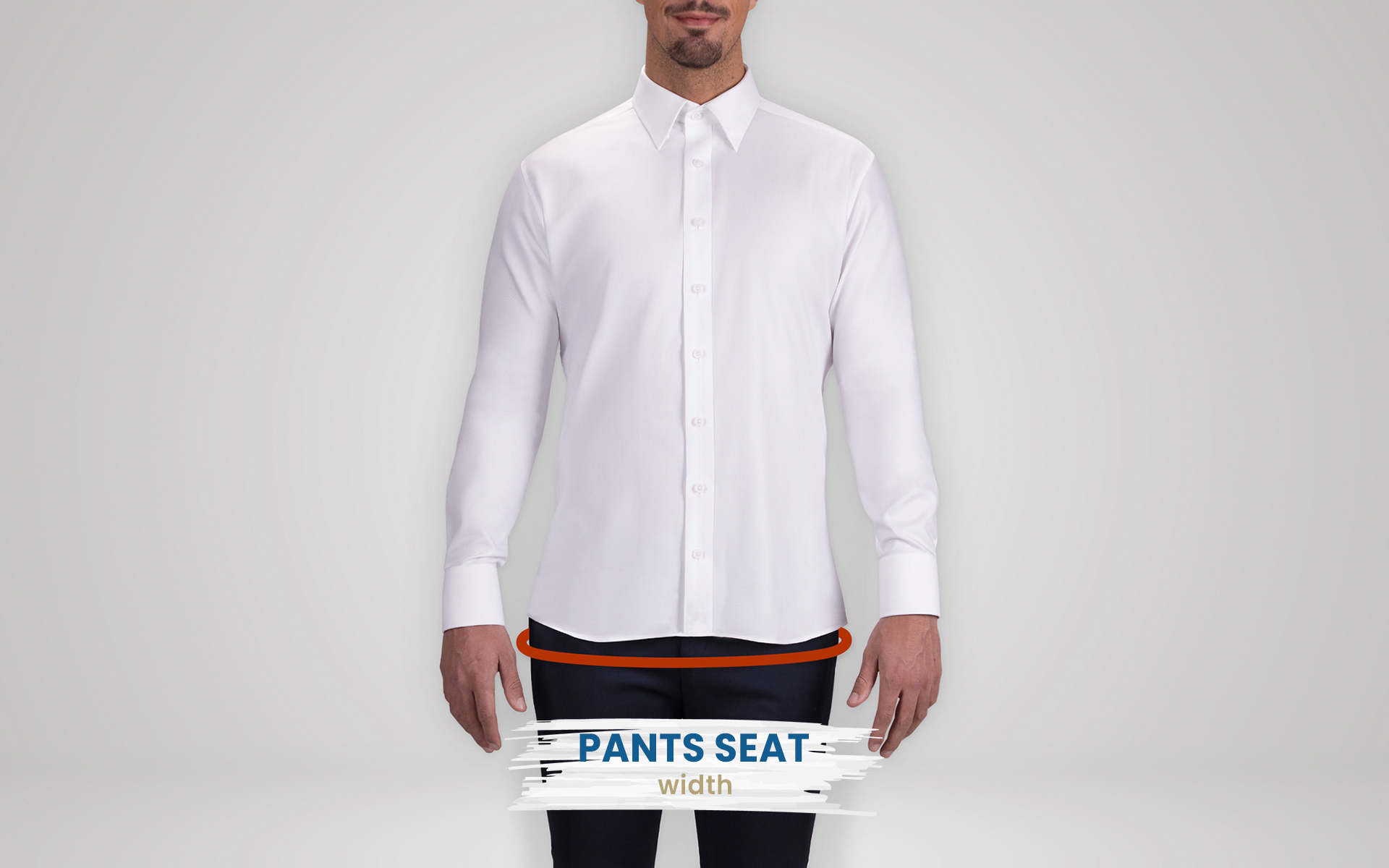
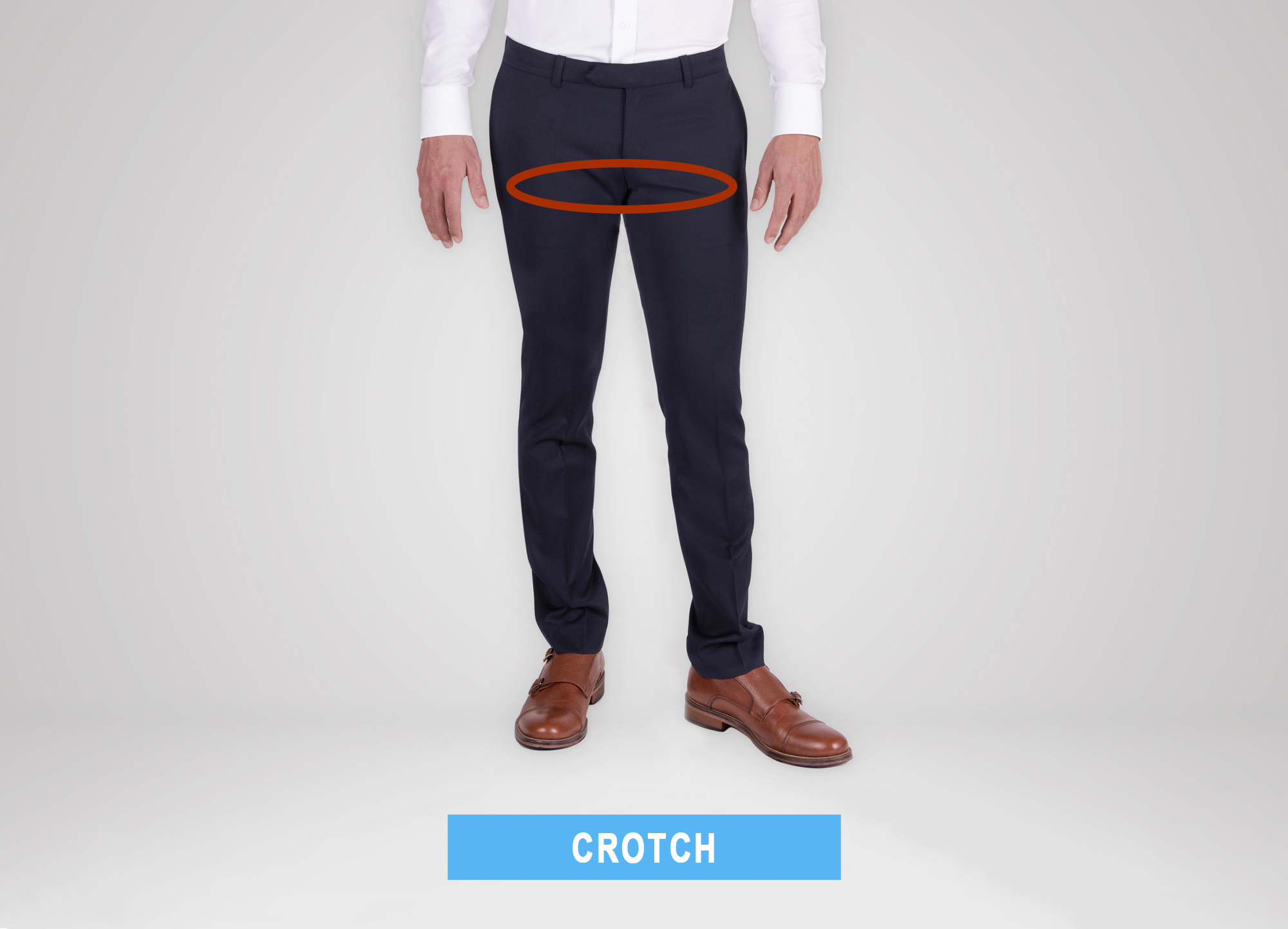
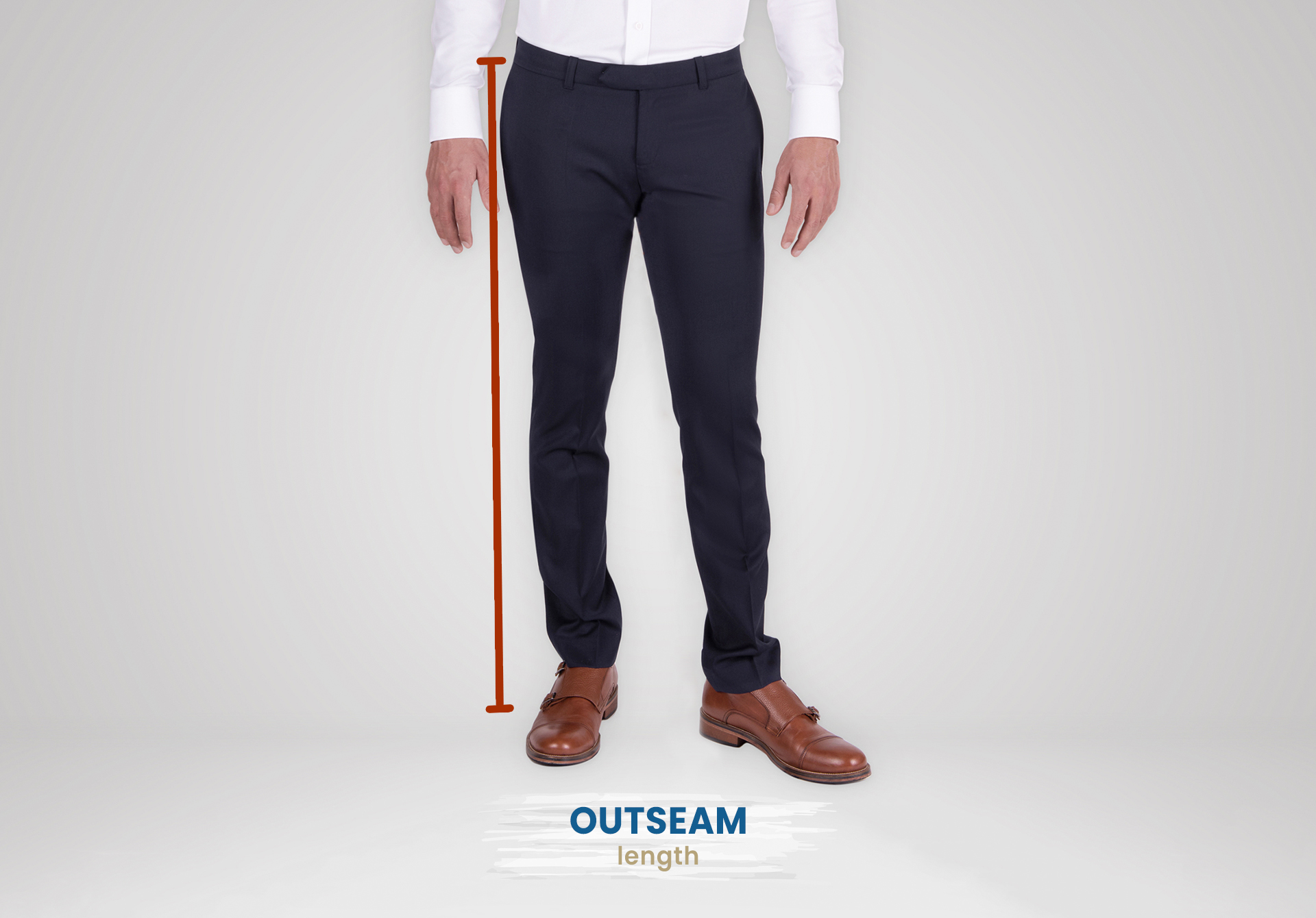
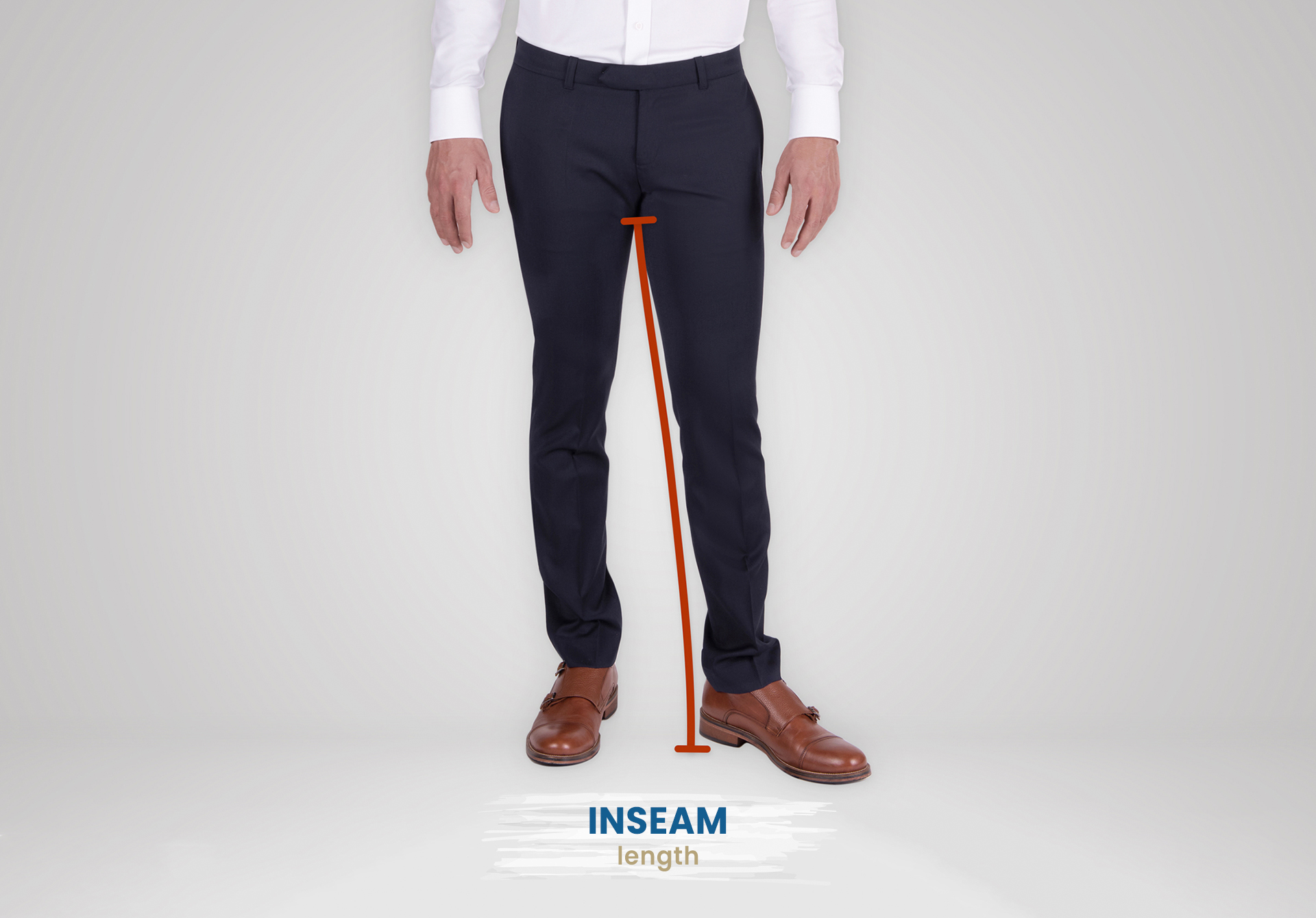
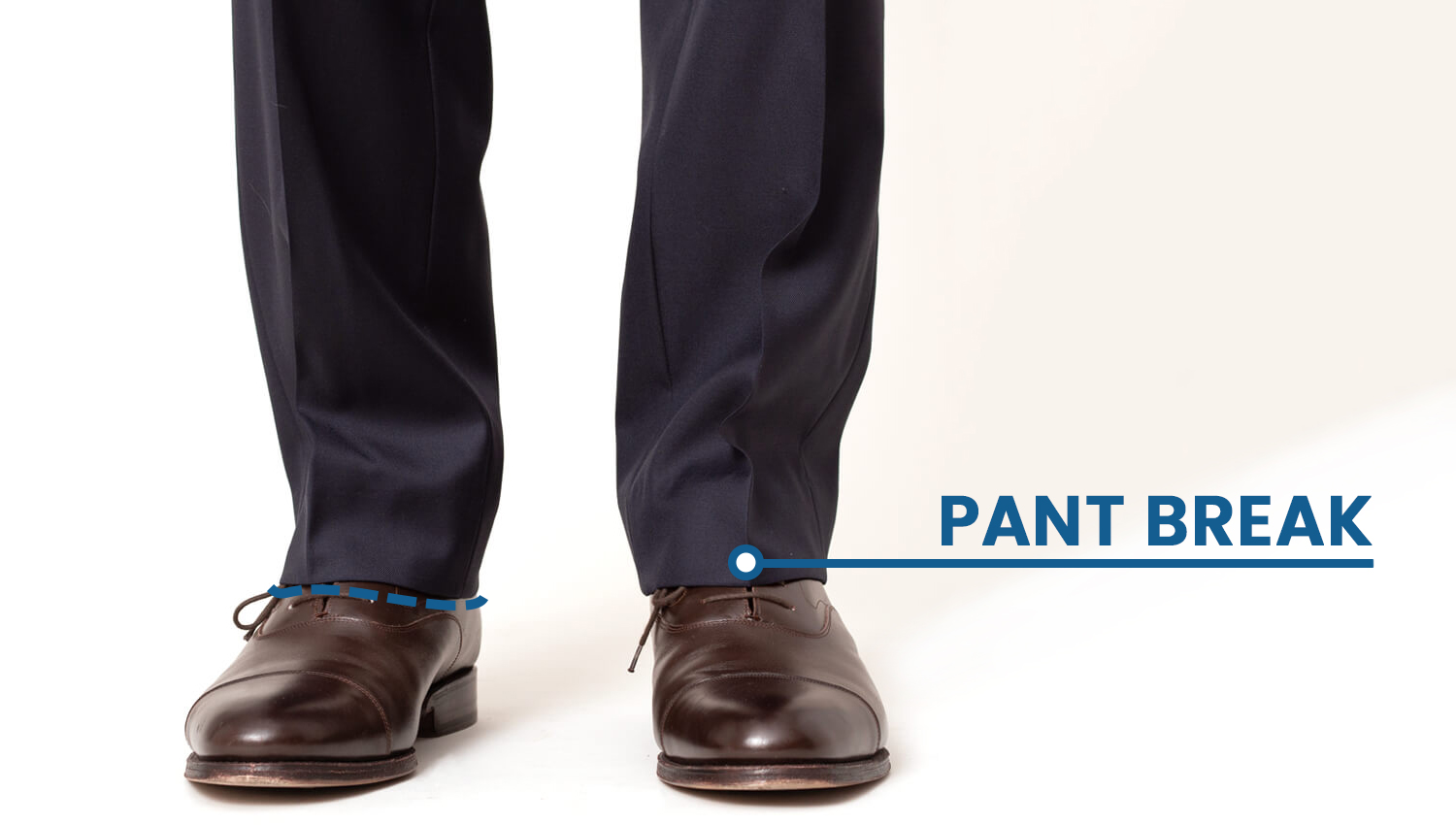
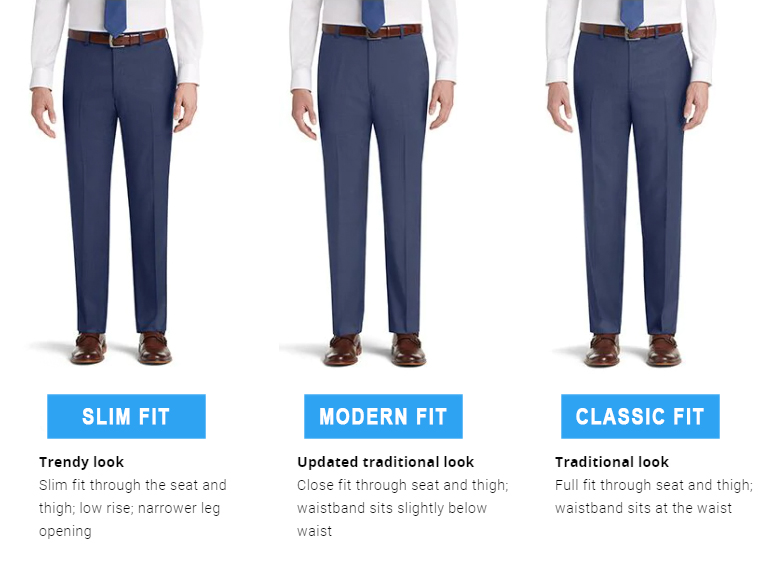
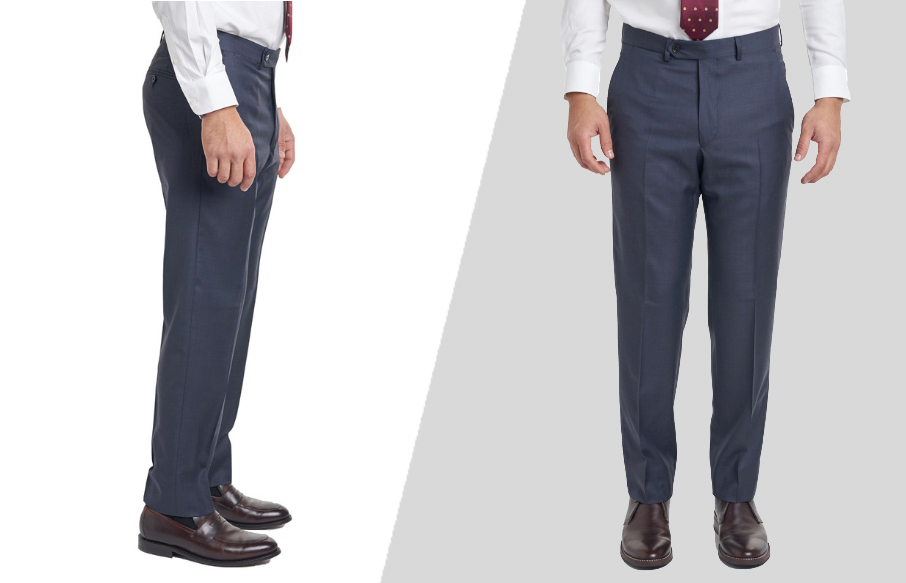
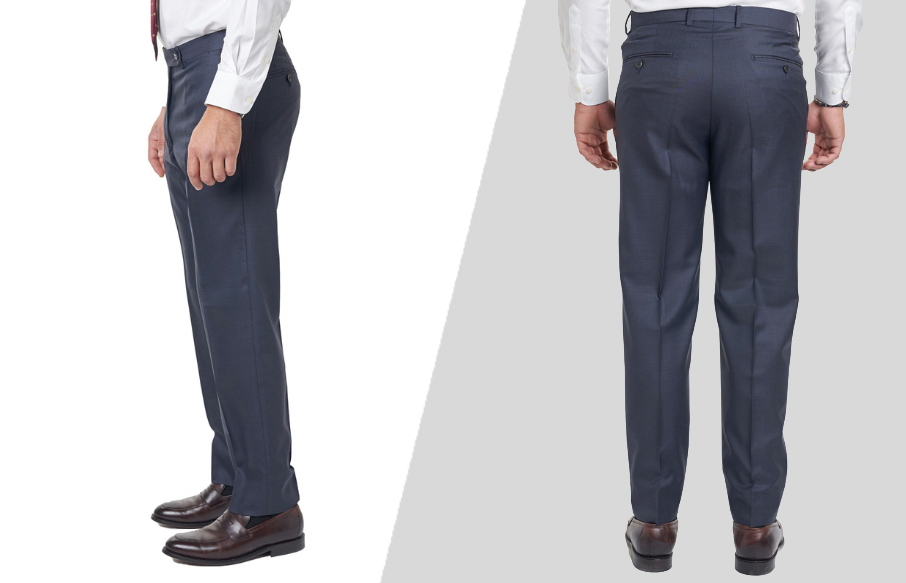





Help! We need to wear military dress pants while on our horses. How can we make it, so the pants aren’t too tight in the crotch? Longer pants or go up a size in the waist?
Go for a more relaxed fit. Depending on the pants, you might want to get a slightly larger waist size.
Thanks for the article very informative
Glad I can help!
I am 5-8 and 168 lbs. I really struggle with dress pant length. For dress pants, what would an ideal break?
Considering the height, I advise going for dress pants with no break or a slight break.
I am 6′ tall, 176lbs, wear a 40L coat, and usually, 31-2×34 pants. I hate trying to find dress pants that fit, most notably, my butt. They rarely fit. I would like a pair that use flattering, not baggy! What is a good brand name?
These measurements are very close to the standard, Brian. If you feel regular suit pants are too baggy, try the skinny fit. They’re tight, more tapered toward the waist, and with a narrow leg opening. There are plenty of valuable brands that produce high-quality skinny and slim-fit pants.